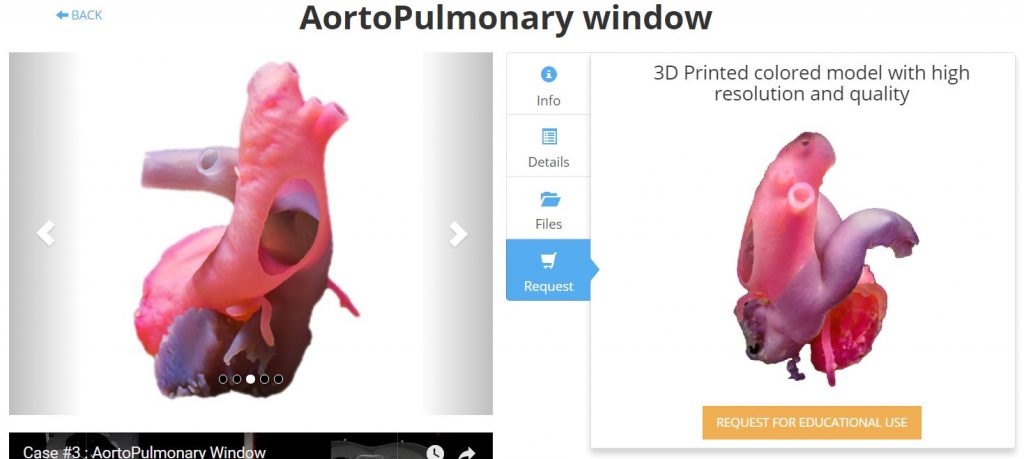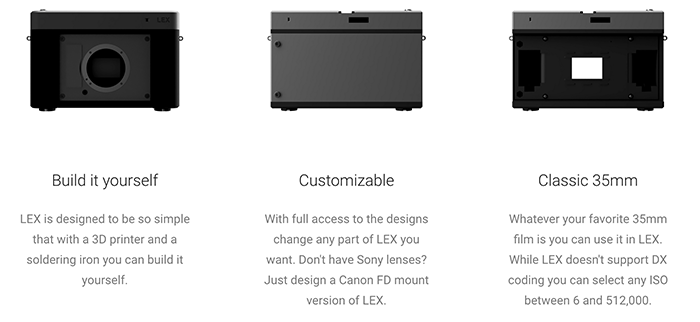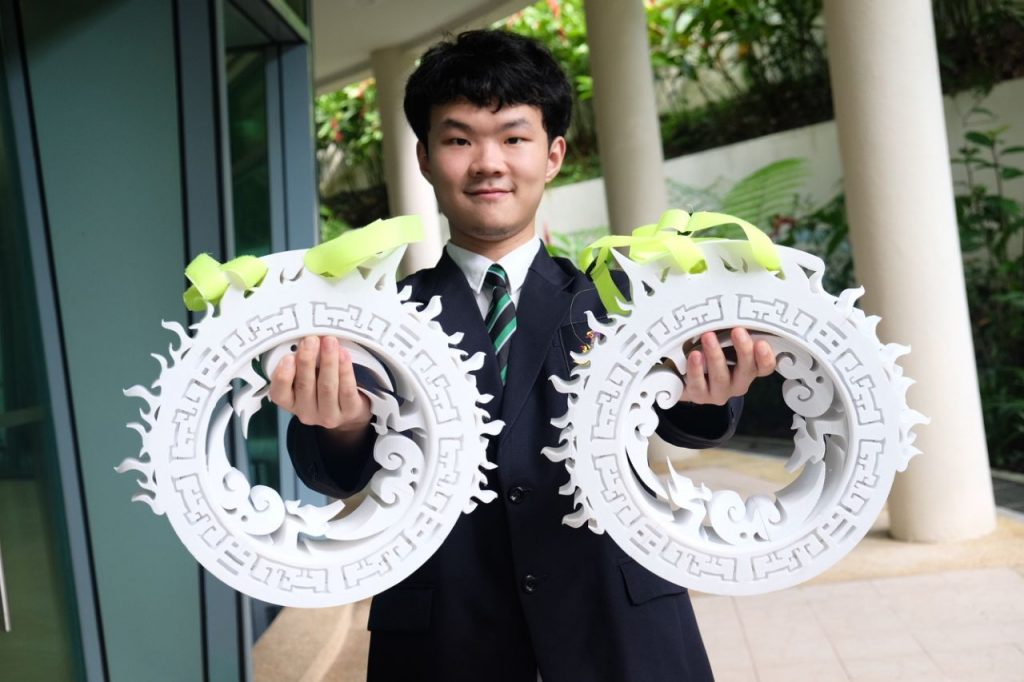In this edition of Sliced 3D printing is deemed a “transformative technology” for heart disease and race car driving; researchers introduce a handheld skin printer; and we tip our hats to the latest applications from around the world.
Featured stories include CRP Technology, SABIC, the Washington University School of Medicine, 3Dlife, Adaptiiv, Moog, Sony and much more.
End use materials
In its latest case study, Italian service bureau CRP Technology has demonstrated how the TUNDRA-M UAV from Hexadrone was developed using SLS 3D printing. The TUNDRA-M was prototyped using CRP’s carbon filled Windform® SP and Windform® XT 2.0 materials enabling the team to “test [the] prototype in real life conditions with almost the same mechanical characteristic.”

Saudi Arabian chemical company SABIC has launched three new FFF filaments for end-use and prototyping purposes: ULTEM™ AM1010F for general high-temperature applications, ULTEM™ AMHU1010F and LEXAN™ AMHC620F specially for healthcare applications.
And tumeric has become the latest “hot ingredient” for stimulating bone growth in 3D printed implants, joining diamond and silk. Effects of PCL, PEG and PLGA polymers on curcumin release from calcium phosphate matrix for in vitro and in vivo bone regeneration is online here.
A “transformative technology” in medicine
A team from the Washington University School of Medicine has published a review of 3D printing’s role in treatment of congential heart disease. Published in the JACC: Basic to Translational Science journal, the paper calls 3D printing a “transformative technology” and examines a number of emerging methods that could be useful in the future.
In the same vein Greek 3D printing service bureau 3Dlife, the developer of a 3D anatomical heart library, has successfully 3D printed an intricate Mitral Valve with stenosis.

Researchers at the University of Toronto have developed a handheld skin printer to “enable the in-situ delivery of a wide range of different cells, biomaterials, and tissue adhesives, as well as the in-situ fabrication of spatially organized biomaterials, tissues, and biohybrid structures.” The supporting paper for the device can be accesses online in Lab on a Chip journal.
Adaptiiv Medical Technologies, a company that makes 3D printed, patient-specific boluses to help radiation treatment, has received $328,943 in support from the Government of Canada.
Going digital in manufacturing
Moog has signed an agreement with the National Center for Manufacturing Sciences (NCMS) to adapt blockchain technology for the protection of additive manufacturing files and processes in the U.S. Department of Defence (DoD). James Regenor, Business Unit Director, Transformative Technologies at Moog, comments;
“Creating a point of use, time of need smart digital supply chain will reduce warfighter logistics tails, and empower maintenance and logistics organizations to improve readiness and lethality, VeriPart will give the DoD the tools to maintain a competitive edge in Industry 4.0.”

Consolidated Contractors Company, the largest construction company in the Middle East, has committed to creating a digital inventory of its spare parts and components with Immensa Technology Labs, the company behind the first-ever 3D printing facility of the United Arab Emirates (UAE).
Hats off to application innovation
To celebrate this weekend’s UK Royal Wedding SodaStream has launched a set of 3D printed wedding hats to top the bottles on its sparkling water makers. Money raised from the auction of these limited edition bottles will be donated to the Surfers Against Sewage charity that is helping to clear the sea of plastic.
Lex is a new, open source, film camera for Sony lenses made by photographer and tinkerer Alexander Gee. In an article for sonyalpharumors, Gee explains how 3D printing helped the project take shape;
“I wanted to learn CAD and designing a camera seemed like a pretty good challenge,”
“Along the way I’ve also learned a huge amount about 3D printing, manufacturing, materials science, and I even built a mini foundry to make metal parts for LEX. The whole process was a lot of fun and now I only need to carry one set of lenses in my bag.”

In Penndel, Pennsylvania 3D printed parts are helping to keep old manufacturing traditions alive. The Langhorne Carpet Co. has adopted the technology to make replacement parts for traditional looms that have been in operation since the the 1930s, keeping its production of luxury interiors running smoothly.
American race car driver Brad Keselowski has shared his views of the future of 3D printing in NASCAR and beyond. In SportTechie, Keselowski says the technology, is “going to touch people’s lives in so many different ways — some they know, some they don’t.” The 2012 Cup championship winner raced with metal 3D printed parts in his 2017 car, and added “I would say that the team that won the championship last year won the championship because of their manufacturing prowess, which included additive technology.”
Award winning ideas
Li Bozhao, a J2 student at Raffles Institution, won first prize at the 6th Singapore 3D Printing Competition at Nanyang Technological University. Bozhao’s design, a pair of circular skates with concealed ball bearings, topped the personal mobility vehicles category.

And Peak Sports won the Design Comes First Award at the China Academy of Art for its futuristic 3D printed sneaker designs.
Stay informed and in-the-know. Subscribe the 3D Printing Industry newsletter, follow us on Twitter and like us on Facebook.
Looking for a new opportunity? Sign up to 3D Printing Jobs here.
Featured image shows Sliced logo over Royal SodaStream limited edition bottletops. Original image via SodaStream




